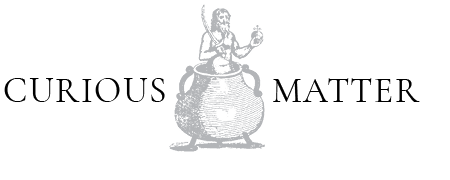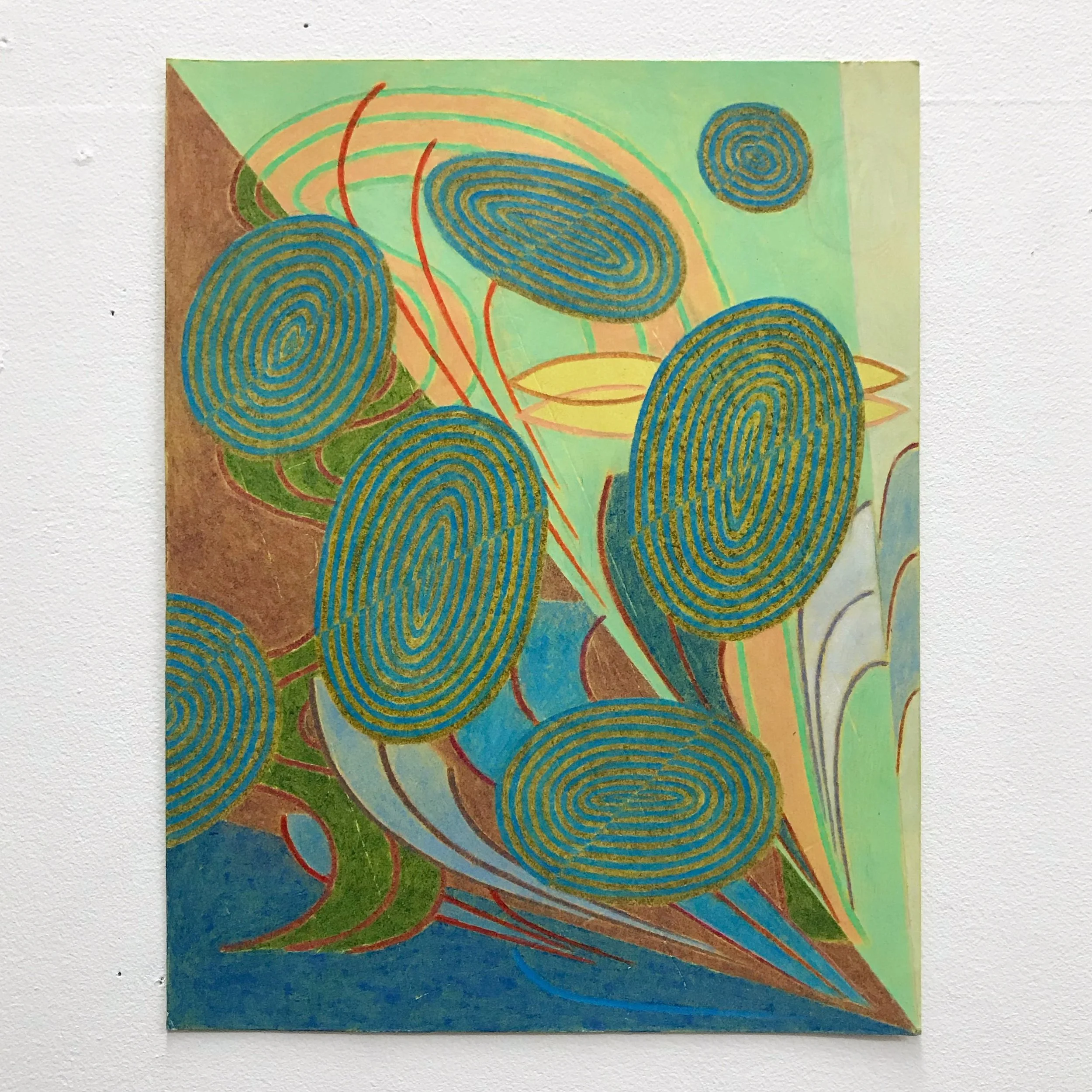Along The Nerve
Arthur Bruso | Robin Sherin | Paul Simmons
July 21—September 15, 2019
“The most demanding part of living a lifetime as an artist is the strict discipline of forcing oneself to work steadfastly along the nerve of one’s own most intimate sensitivity.”
—Anne Truitt, Daybook
EACH OF THE ARTISTS of Along the Nerve cut the most essential lines. Edges and planes are reduced to concise, graphic shapes and rhythms. Their intention and focus is keen. All work with paper, exploring surface — whether the seductive sheen of foil, coarse corrugated cardboard or subtle, fine-toothed, textured pages. Arthur Bruso, Robin Sherin and Paul Simmons employ abstraction and minimalist strategies to investigate ideas that touch on balance, positive and negative space, language and musicality.
With a palette of greys, black and white, Robin Sherin constructs cityscapes that, as she writes, “explore the boundaries between representation and abstraction.” Her minimalist compositions, muted palette and attention to surface recall the reserve of Agnes Martin. They each attend to the most subtle shifts in color and tone. Sherin’s architectural references also bring to mind the drawings of Anne Truitt who made the buildings and features of the town where she grew up a subject of her work. Truitt and Sherin both apply a range of media in their drawings. For Sherin, the masses of her buildings are rendered variously, with cut paper, pencil, digital and traditional printmaking processes. In the works Overlap #1 and #2, she pulls us back to see the boldest shapes of light and shadow emerge from a building, then teases us into examining the micro view to discover the barely perceptible and understated use of pencil. Building Silhouettes (5 and 6) are folded into what she describes as “instant books.” These palm-sized works continue the investigation of surface and shape into three dimensions — vast expanses intimately scaled. The ponderous and weighty mass of the city is acknowledged in her compositions and then made ephemeral, as the delicately folded paper is touched by shifts of light.
Paul Simmons writes of his exploration of “the fragile nature of language through a variety of media including painting, drawing, ceramics and found assemblage.” His sculptural work shares with David Smith an expressionistic attention to the surface of their geometric construction. Simmons’ installation of cardboard and wood with flashe and acrylic repeats the central theme of the excised circle to “describe a balance between absence and presence.” Like notes along a staff he does this at varying pitches through size and color. The rhythmic shapes and gestures within his drawings have a kinship with the twittering and playful geometry of Joan Miró. In his drawings, what was and what remains is considered through the pentimento of marks indented on the page from prior drawings and exposed by subsequent layers of colored pencil. Simmons’ ceramics distill what is clear, direct and gestural in both the drawings and cardboard sculptures into a delicately balanced and minimalist conclusion that still reveals the hand of the artist through gently formed surfaces and lightly mottled glazes.
Arthur Bruso’s drawings translate architectural form in a manner similar to Sherin, while his collages have a musical buoyancy nearer to Simmons’ sculptural installation. In a sense, all of Bruso’s work can be considered photo-based. The drawings source the artist’s photographs of doorways, and renders the images down to basic shapes, black and white, tones of grey and introduces the textural possibilities of oil pastel. The Portals drawings continue the artist’s ongoing study of “the void of openings” as well as “the concept of the threshold.” Bruso acknowledges this particular series was inspired by the dark, viscous drawings of Richard Serra. Serra and Bruso both engage a physicality to their mark making — the simplified shapes arrived at through an active, driving deployment of the medium. Airier in their effect are Bruso’s collages. These are assembled with the trimmings from actual photographs — some are shavings from the edges of contact sheets, others cut from prints that were, according to the artist, not successful in themselves. The rhythm Bruso discovered in composing the photo paper collages he links directly to his earliest musical memory — a series of A. A. Milne poems set to music. He understands these works, and reads them, as songs expressed through pattern.
The surgical precision of Robin Sherin’s work belies an ineffable effect. Paul Simmons takes the humblest material, in this case corrugated cardboard, and leads us into a reconsideration of signs, symbols and the delicacy of communication. Arthur Bruso exploits photography as both source imagery for drawing, and the raw, physical material for abstract compositional exploration. These three artists are identifying, breaking down and rebuilding the most essential parts of their visual worlds and presenting us with the substance of their expression in a form that can only evolve out of their persistence. Returning to Anne Truitt, she writes of artists, we are “faced with the fascinating problem of translating what we know with the just accessible parts of ourselves into the available physical terms, we simply do our best, leaving all result aside.” Each of the artists of Along the Nerve are keen observers, relentless explorers and have penetrated through to articulate something both individual and elemental.
—Raymond E. Mingst, curator
Robin Sherin, Overlap #1, 2019 , paper, cut and pasted on paper; pencil 9 x 6 inches
Paul Simmons, Untitled, 2019, colored pencil on paper, 11 x 8.5 inches
Arthur Bruso, Interrupted Line – No. 4 – Downstairs, photo paper, acrylic medium on paper, 16 x 12 inches



